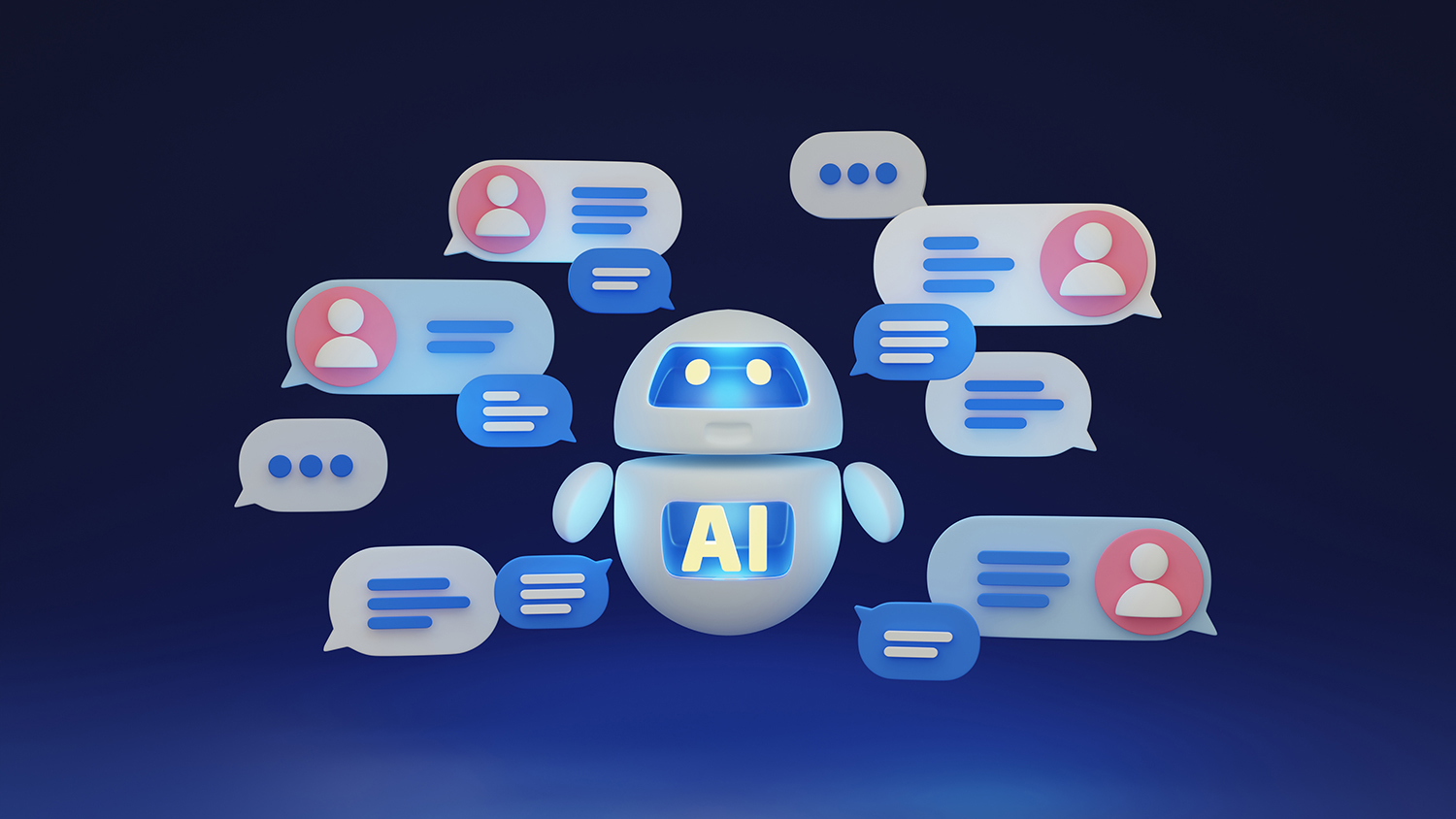Multilingual AI VS Human
As a linguist, I've always been fascinated by the power of language to shape the way we think and determine what we think about. Being able to communicate in multiple languages opens up a whole new world of possibilities, as it expands our thinking and allows us to see the world in new ways. As someone who is also deeply interested in AI coding, I couldn't help but wonder if it's possible for machines to achieve this same level of multilingualism. Can multilingual AI really expand its thinking and imagination, just like a human being can?


